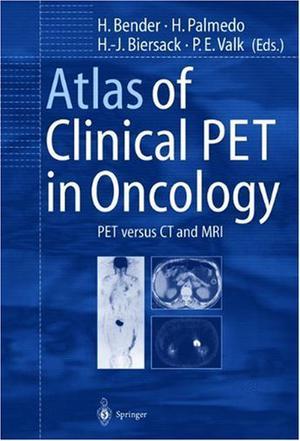The Ultimate Guide to PET CT Scanners: Understanding Their Importance in Modern Medical Imaging
#### PET CT ScannersPET CT scanners, or Positron Emission Tomography-Computed Tomography scanners, are advanced imaging devices that combine two powerful di……
#### PET CT Scanners
PET CT scanners, or Positron Emission Tomography-Computed Tomography scanners, are advanced imaging devices that combine two powerful diagnostic techniques into one. This hybrid technology allows for the detailed visualization of metabolic processes in the body, making it an invaluable tool in the diagnosis and management of various medical conditions, particularly cancer.
#### What is PET CT Scanning?
PET CT scanning merges the functional imaging of PET with the anatomical imaging of CT. During a PET scan, a small amount of radioactive material is injected into the patient’s body, which emits positrons. These positrons collide with electrons in the body, resulting in the emission of gamma rays. The PET scanner detects these rays and creates images that reflect the metabolic activity of tissues and organs.
On the other hand, the CT component provides detailed cross-sectional images of the body using X-rays. By combining these two imaging modalities, healthcare providers can obtain a comprehensive view of both the structure and function of tissues, allowing for more accurate diagnoses.
#### Applications of PET CT Scanners

PET CT scanners are primarily used in oncology to detect and monitor cancer. They can help identify tumors, assess their size, and determine whether cancer has spread to other parts of the body. Additionally, PET CT scans are useful in evaluating the effectiveness of treatment, as changes in metabolic activity can indicate how well a tumor is responding to therapy.
Beyond cancer, PET CT scanners are also employed in cardiology to assess heart function and in neurology to evaluate brain disorders, including Alzheimer’s disease and epilepsy. Their ability to provide insights into metabolic processes makes them a versatile tool across various medical specialties.
#### Advantages of PET CT Scanners
One of the significant advantages of PET CT scanners is their ability to provide a more accurate diagnosis compared to traditional imaging methods. The combination of functional and anatomical data allows for better localization of abnormalities and a more comprehensive understanding of disease processes.
Additionally, PET CT scans can often be performed in a single session, reducing the need for multiple imaging studies. This not only saves time for patients but also minimizes their exposure to radiation. The detailed images produced by PET CT scanners can lead to earlier detection of diseases, which is crucial for effective treatment and improved patient outcomes.

#### Challenges and Considerations
Despite their benefits, there are challenges associated with PET CT scanners. The use of radioactive tracers, while generally safe, does involve exposure to radiation, which must be carefully considered, especially in vulnerable populations such as children and pregnant women. Furthermore, the cost of PET CT scans can be higher than that of conventional imaging, which may limit access for some patients.
Another consideration is the interpretation of PET CT scans, which requires specialized training and expertise. False positives and negatives can occur, leading to potential misdiagnoses. Therefore, it is essential for healthcare providers to correlate PET CT findings with clinical information and other diagnostic tests.
#### The Future of PET CT Scanners
The future of PET CT scanners looks promising, with ongoing advancements in technology aimed at improving image quality, reducing scan times, and enhancing patient safety. Research is also being conducted to develop new radiotracers that can provide even more specific information about various diseases.

As the field of medical imaging continues to evolve, PET CT scanners will likely play an increasingly important role in personalized medicine, allowing for tailored treatment strategies based on individual patient characteristics and disease profiles.
In conclusion, PET CT scanners are a critical component of modern medical imaging, offering unique insights into the physiological and anatomical aspects of disease. As technology advances, their applications and effectiveness in clinical practice are expected to grow, ultimately benefiting patient care and outcomes.